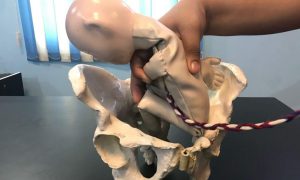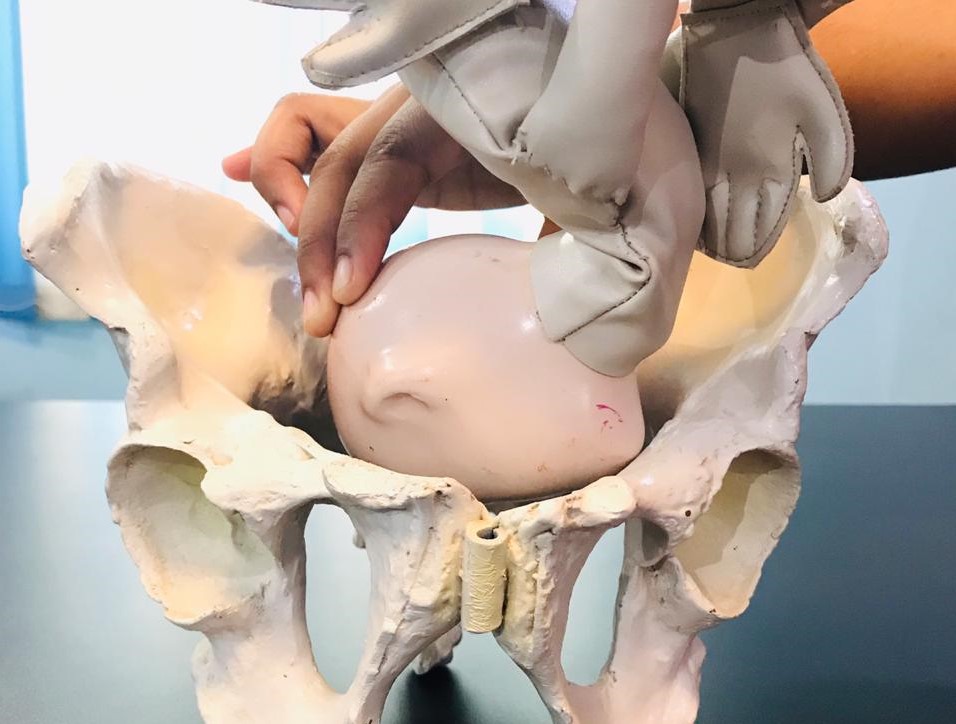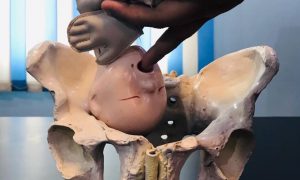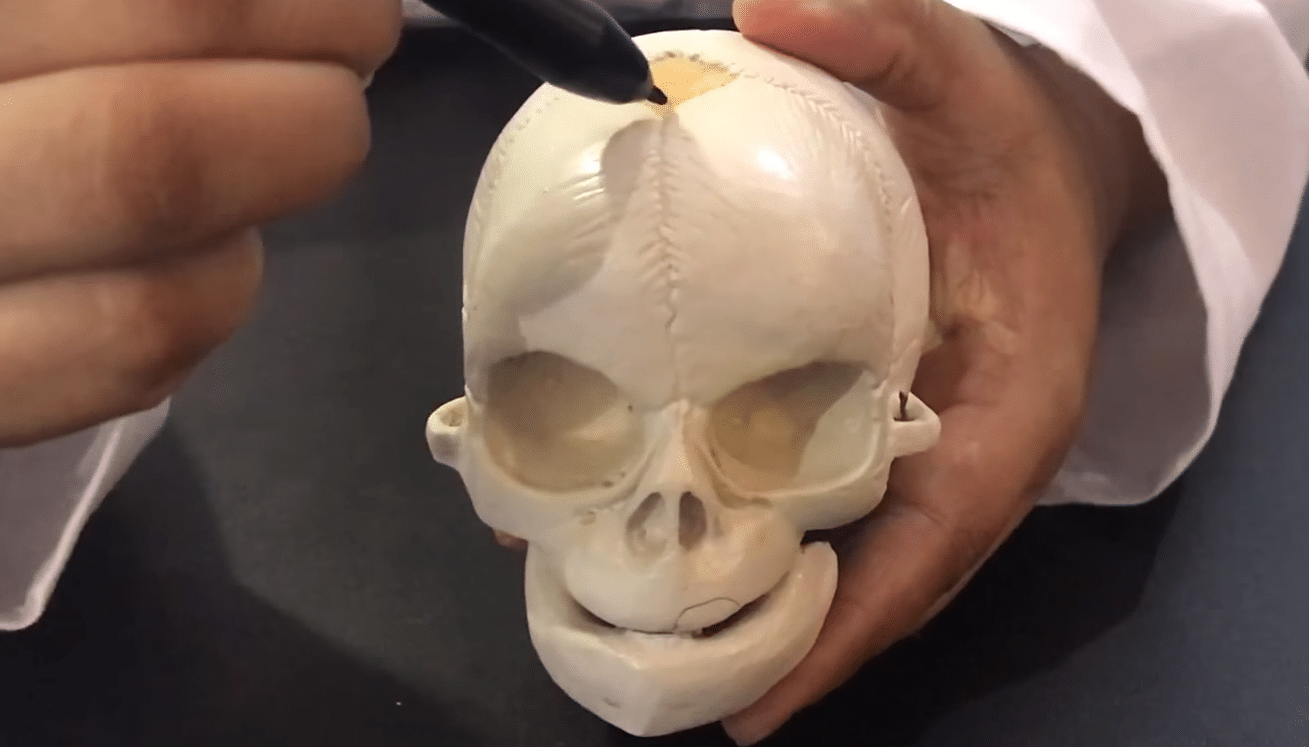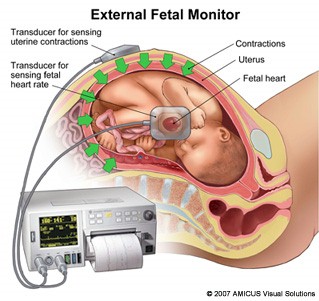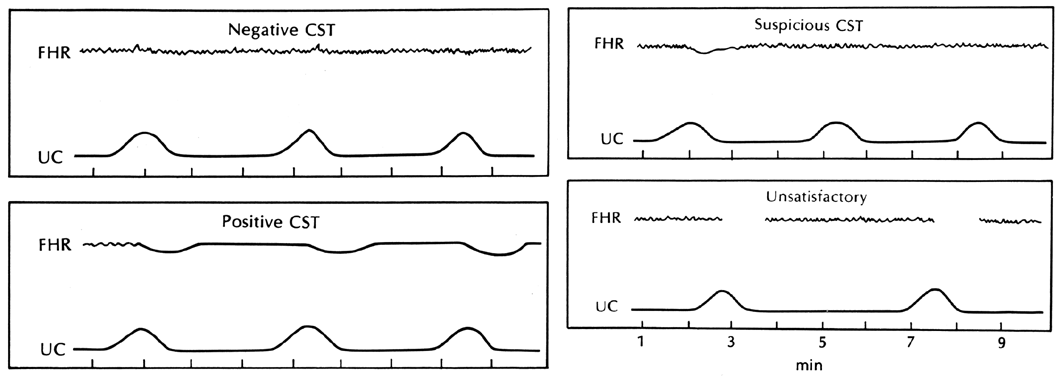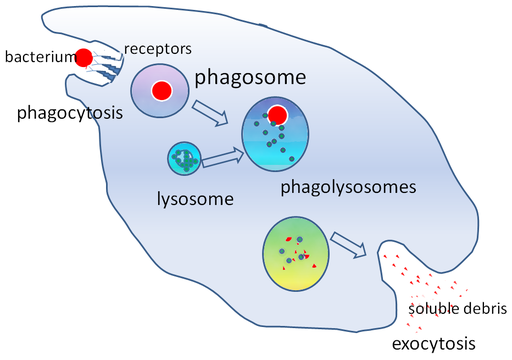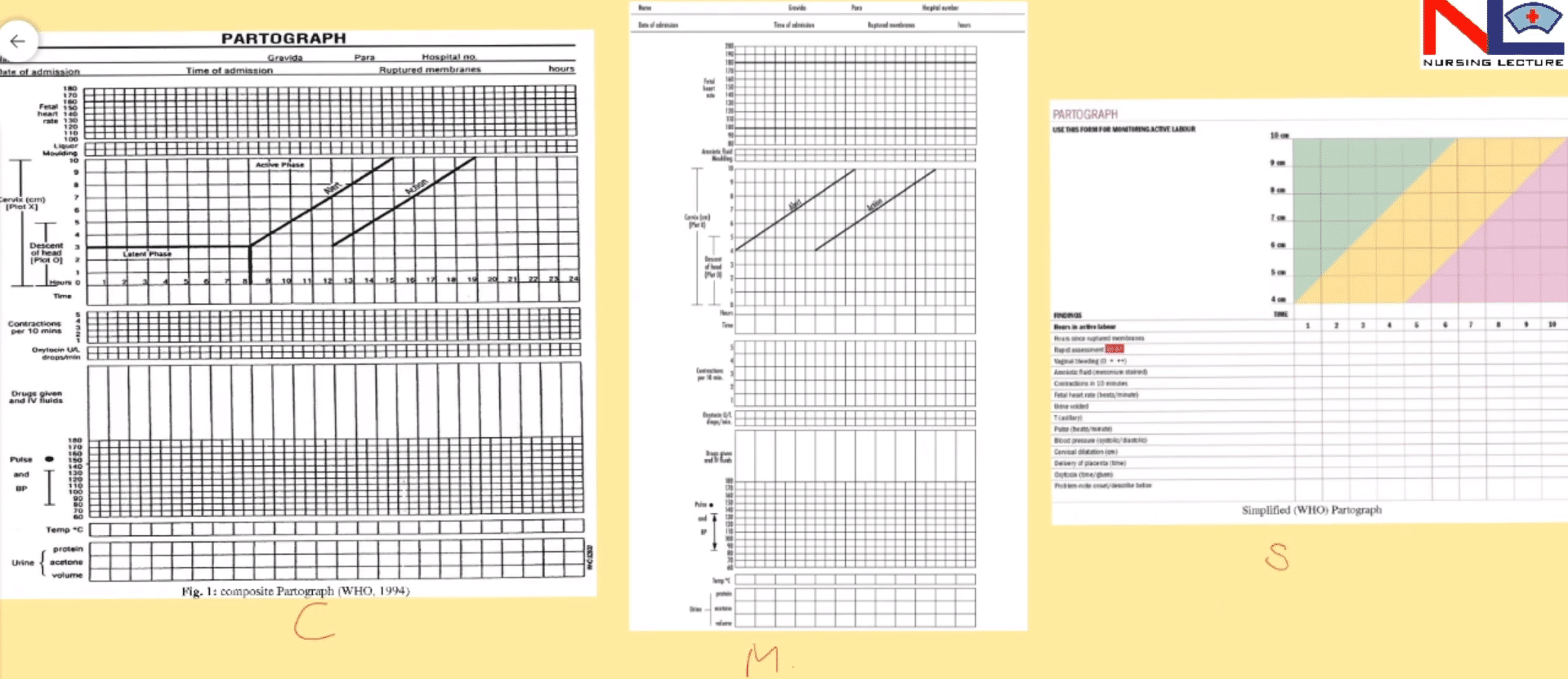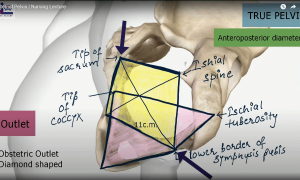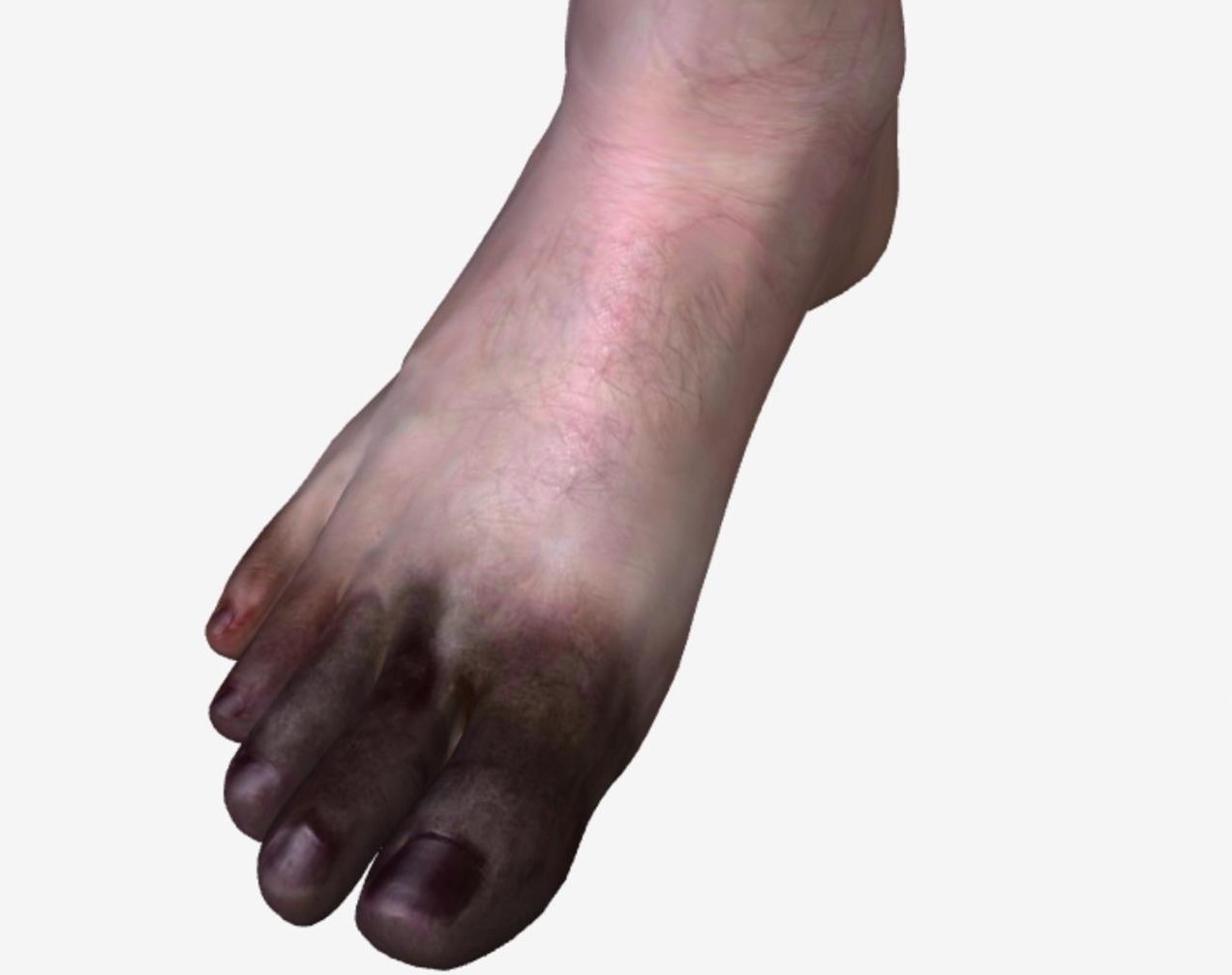Mechanism of Normal Labour
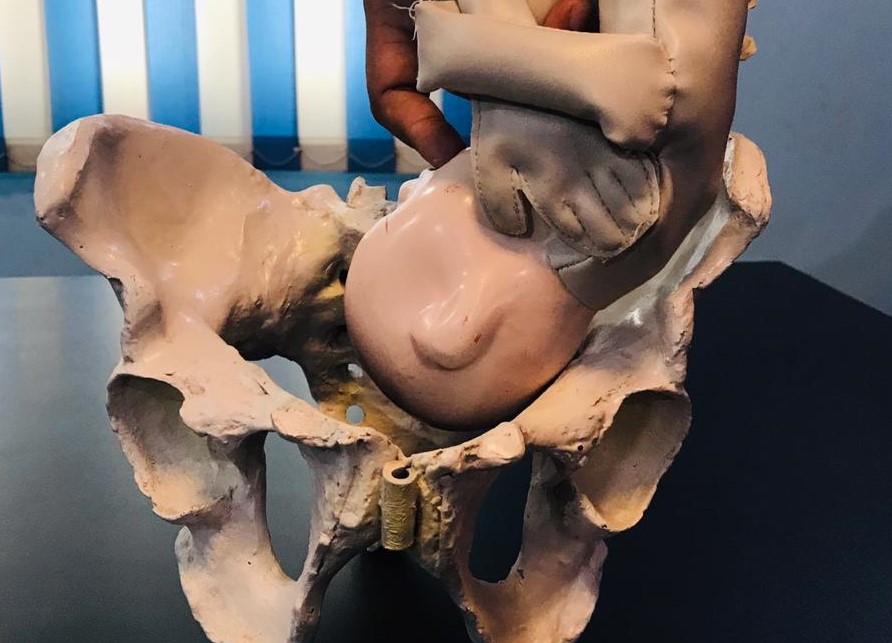
It is a series of movements that occur on the head in the process of adaptation, during its journey through the pelvis is termed as the mechanism of labour.
The general conditions of the fetus at the onset of labour are-
Lie– Longitudinal
Presentation– Cephalic
Presenting part– Vertex
Attitude– Complete flexion
Denominator– Occiput
Position– Right / Left Occipito anterior
The principles behind all the mechanism are-
-The descent takes place throughout the labour.
-Whichever part leads first will come in contact with the pelvic floor resist and rotate forward until it comes behind the symphysis pubis.
The cardinal movements which occur in the pelvis are as follows-
Engagement– In primigravidae, it occurs before the onset of labour but in multigravidae, it happens with the rupture of the membrane during the 1st stage of labour.
*In normal labour the head enters the brim in the largest available transverse diameter that is of 13 c.m. or some time in oblique diameter 12 c.m.
*In which left occipito-anterior is the commonest in comparison to a right occipito-anterior position in the pelvis and the engaging anteroposterior diameter of the fetal head is the suboccipitobregmatic 9.5 or the transverse diameter is biparietal diameter is 9.5 c.m.
*Due to the lateral inclination (leaning) the sagittal suture does not match with the transverse diameter in the pelvic brim but it changes its direction anteriorly toward the symphysis pubis or posteriorly toward the sacral promontory, which is termed as asynclitism. The mild degree of it is normal but a severe degree indicated CPD (cephalopelvic disproportion).
*Lateral flexion of the head causes to glide the bone so the parallelism between the planes of the fetal head to those of the maternal pelvis occurs (synclitism) thus sagittal suture corresponds with the transverse diameter.
Descent– It is a continuous process it begins before the onset of labour which is notable more in the 2nd stage of labour to be completed by the expulsion of the fetus. This process occurs because of the strong uterine contraction & retraction, bearing down efforts by a mother and after the rupture of the membrane.
Flexion– It is achieved by the increased resistance by the unfolding of the cervix or pelvic floor muscle. At the beginning of labour, it is mild but as the head meets the resistance & then full flexion is achieved.
Internal rotation of head– In this movement, the head rotates 1/8th of the circle and comes behind the symphysis pubis and pushed down to the pelvic floor with a torsion (twist) in the neck as the neck is no longer in direct alignment with the shoulder. Now the anteroposterior diameter of the head lies in the widest diameter of the pelvic outlet (anteroposterior).
The reason for this rotation is the well-flexed head, the strong uterine contraction which pushes head downward, so the resistance made by pelvic floor muscle brings about the rotation when the contraction becomes over, so help the occiput to glide over and also the slope of the pelvic floor (hammock shaped, slope anteriorly) determine the forward direction. In a well-flexed vertex presentation, occiput leads and meets the pelvic floor & rotate anteriorly of 1/8th of the circle.
Crowning– Further descent occurs the occiput slips beneath the subpubic arch, the biparietal diameter stretches the vulval outlet without a recession of the head (head does not go back to the uterine cavity) after the contraction is over.
Extension of the head– After crowning the driving force pushes the head in the downward direction and the parts of the head are born by stretched vulval outlet, these are vertex, brow & face, as the chin sweeps the perineum it comes closer to maternal anal opening and drops the head.
Restitution– It is the visible passive movement of the head due to untwisting of the neck which sustained during internal rotation of the head as it rotated 1/8th of a circle in the opposite direction to that of internal rotation.
External rotation of the head with internal rotation of shoulder– There is a 1/8th rotation of the anterior shoulder that comes behind the symphysis pubis and externally it visible as the rotation of the head in the same direction of restitution. Now the occiput of the head lies in a lateral direction.
Birth of shoulder & trunk by lateral flexion– As the shoulder is positioned in the anteroposterior diameter of outlet further descent occurs, the anterior shoulder escapes the subpubic arch and the posterior shoulder passes over the perineum, then rest of the body is born by the lateral flexion.
Download the App: Android App
For more Lectures, please visit-
YouTube Channel – NursingLecture
Facebook – Facebook Page
Check out the practical video of the (MOL) Mechanism of Normal Labour here:

